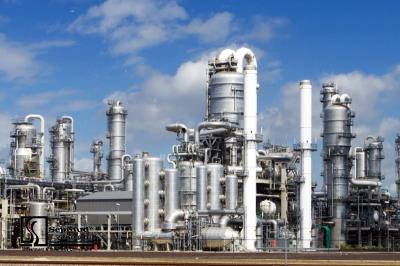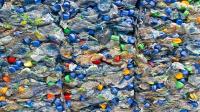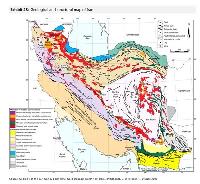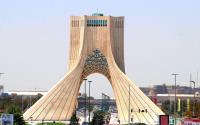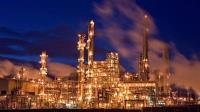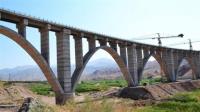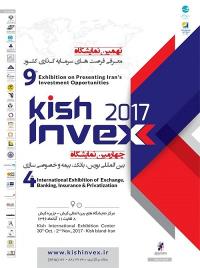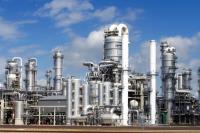Iran’s Petrochemical Industry
Non-Oil import products have always been providing great sources of countries revenue due to its importance in Global economy and its competitiveness in the local market.
Moreover, in the last years, the petrochemical industry have contributed greatly in countries imports growth. Statistical data shows that its contribution in countries import have increased from 22% into 45% between 2005 and 2011. The Iran’s Chamber of commerce, Industries, Mines and Agriculture reported that non-oil import of country has increased by 6.56% comparing with the last year in 2017 and reaching to 47 billion dollars. The Statistical data also shows that the major trading partners in this sector are countries like China, Turkey, Iraq and South Korea. All of these countries have observed an increase in trade volume. For example: Iran’s import to countries like south Korea and Turkey have increased by 52% and 22%, respectively.
Moreover, it seems that countries like China, Emirates, Turkey and Germany are the major
Non-oil exporters in Iran. For these reasons, more detailed information about this sector is provided in this section.
- Petrochemical products are sources of chemical products that are shaped from changes in Oil and gas Hydro carbonates. Petrochemical products are used as a primary substance to produce other products. Overall, petrochemical companies are categorized into three sub categories like, primary or basic products, middle products and final products. In the first category, these products have less added value and required less capital and have more environmental pollutions. However, the other categories have more added value and required less capital.
Furthermore, about 12% of petrochemicals complexes are coming from oil fields and the remaining 88% are from gas and gas condensates.
Moreover, the petrochemical products have growth of 6% in 2011. The value of this products in 2005, 2011 and 2012 have estimated to be 4.1, 22. 9 and 18. 1 billion dollars.
- Three main Petrochemical categories
Basic products: Famous products like Ethylene, Propylene, sulfur, Natural Gas, Benzene are produced from Oil and gas which basically used as fuel.
Middle Products: They are merely used as the primary materials in factories like PVC and melanin.
Final Products: These products are consumed directly by customers or are used in countries main substances in order to produce plastics and eliminated fertilizers.
- Advantages of petrochemical industry
- Getting support of the national petrochemical company for developing petrochemical industries.
- Availability of continuous feeds.
- Stabilization of feed prices.
- Discounts defined up to 30% of feed stock to establish plants in less developed areas.
- Tax- exemptions from operations in free trade- zones.
- Benefiting from domestic professionals
- Accessing to high seas
- Accessing to import, export facilities
- Accessing to domestic companies supplies and manufactories
- Existence of developed infrastructure (airport, railway)
- Challenges and opportunities of investing in petrochemical products
Opportunities:
- Access to international petrochemical markets
- Middle East is one of the biggest market in importing and exporting
- Neighboring fast growing countries like China, Malaysia, Iran and Saudi Arabia
- The potential of large sized productions
- Advanced technology and suitable distribution channels
Challenges:
- Maintaining company’s competiveness position despite of the international companies.
- Having a competitive marketing strategy to survive in the market
- Pricing strategy
- Having fast distribution
- Controlling expenses and transportation method
- Companies Operation Location
Key information about investment in the Petrochemical industry
- Knowing import duties in the buyer country.
- The way of treating an investment partner and buyer
- The degree of modernization and countries infrastructure to be able to import
- Considering political and economic rules and policies changes affecting the countries partners involved.
- Paying attention to customer countries political and economic policies and trying to import substances to countries that are mostly dependent on the import.
Iran Non-oil Exports
Petrochemical products account for the largest portion of Iran’s non-oil exports. Gas condensate is the main exported commodity, comprising $7.32 billion of the export value. It was followed by light oil, excluding gasoline ($2.49 billion), liquefied natural gases ($2.79 billion), liquefied propane ($1.222 billion) and petroleum gases and liquefied hydrocarbons ($1.204 billion).
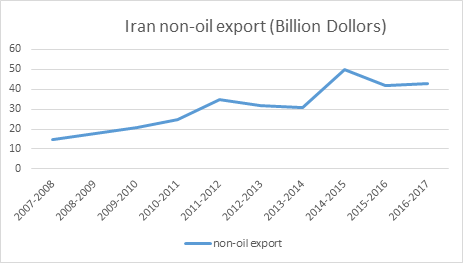
Iran’s petrochemicals export:
According to Iran’s Customs Organization of Iran, petrochemical Industry export is around 60 countries, the highest amount of exports and value in million dollors are mainly to countries like China, Turkey, Emirates, South Korea, Iraq and Italy. The main countries export products are methanol, Ethylene, Glycol, Oxylene, other Etylene Glycol products and Non-satuated hydrocarbons.


